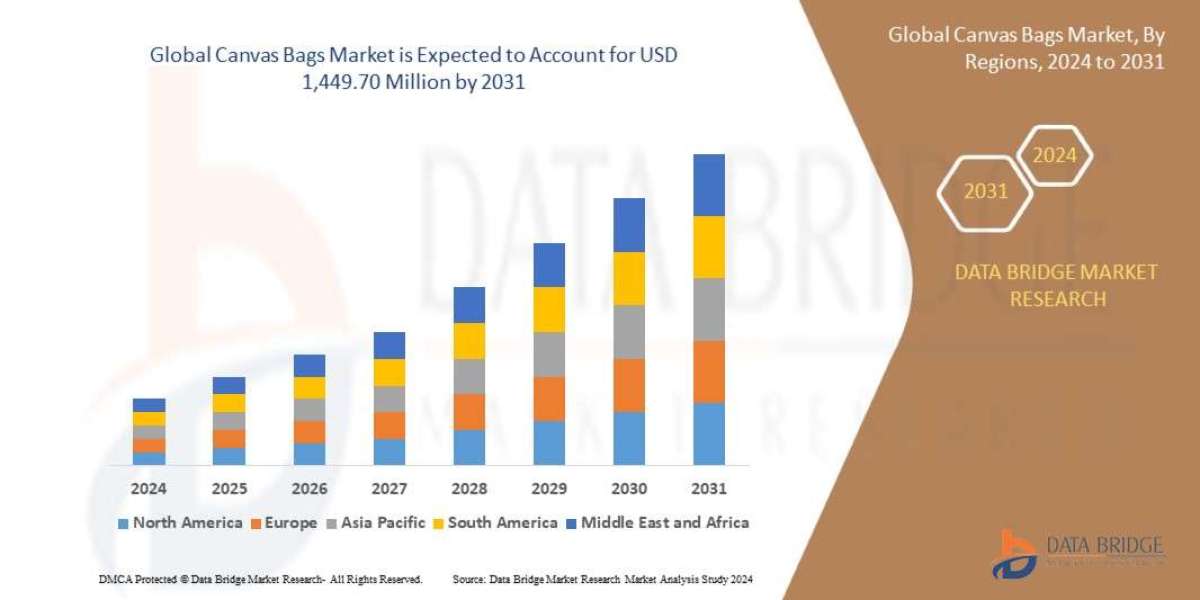Introduction
In the cryptocurrency space, aggregators play a crucial role by providing users with real-time price comparisons and market data from various exchanges. These platforms help users find the best possible deals and make informed decisions when trading digital assets. However, while aggregators offer valuable services, many people wonder how these platforms generate revenue since they don't facilitate direct trading. So, how do aggregators make money?
Let’s dive into the different ways cryptocurrency aggregators generate income while maintaining their services.
Referral Fees
One of the most common ways cryptocurrency aggregators make money is through referral fees. When users find an exchange they want to trade on via an aggregator’s platform, they are often provided with a referral link to that exchange. If a user signs up for the exchange and performs a trade or completes another action (such as depositing funds), the aggregator receives a commission or referral fee from the exchange.
This referral fee can vary depending on the exchange’s policies, but it usually represents a percentage of the user’s trading fees or a fixed payment for each user referred. Referral fees are a win-win situation for both the aggregator and the exchange. The exchange gets new customers, while the aggregator earns revenue for directing users to the platform.
Advertising Revenue
Another significant revenue stream for cryptocurrency aggregators is advertising. Since aggregators attract large amounts of traffic due to their value in comparing prices and offering data from various exchanges, they often sell advertising space on their platforms. This could be in the form of display ads, banner ads, or sponsored content.
Cryptocurrency-related companies, such as wallet services, new exchanges, or blockchain projects, may choose to advertise on aggregator platforms to reach potential customers. Aggregators can charge these advertisers a fee based on the number of impressions or clicks their ads receive, further boosting their revenue.
Premium Services and Subscriptions
Some cryptocurrency aggregators offer premium services to users, which is another way they generate income. These premium services may include advanced features, such as detailed trading analytics, enhanced market data, or early access to new features. For a subscription fee, users can access these premium features that provide a more in-depth experience compared to the free version.
By offering additional functionalities that cater to more experienced traders or institutional clients, aggregators can tap into a market willing to pay for advanced tools and insights. This model allows aggregators to build a sustainable income stream by providing added value to their users.
Data Sales
Cryptocurrency aggregators collect vast amounts of data from multiple exchanges, including trading volumes, market prices, liquidity levels, and transaction history. This data is highly valuable to investors, analysts, and researchers in the crypto industry. Aggregators can monetize this data by selling it to third parties, such as trading firms, financial institutions, or market analysts.
Aggregators often provide market insights or reports based on the aggregated data, which are then sold as premium reports or directly to clients who require access to high-quality crypto data for their analysis. This allows aggregators to leverage their access to exchange data and generate income through the sale of valuable market insights.
Partnerships with Exchanges
Many cryptocurrency exchanges are eager to collaborate with aggregators to increase their visibility and attract more users to their platforms. Partnerships with exchanges can be lucrative for aggregators, as exchanges may pay aggregators for promoting their platform in exchange for more exposure.
In some cases, aggregators may have special agreements with certain exchanges where they feature those exchanges more prominently, highlighting their best prices, liquidity, or other key features. In return, the aggregator earns a portion of the exchange’s fees or a flat fee for directing users to the exchange.
Transaction Fees (in Some Cases)
While most aggregators don’t facilitate actual transactions, some have features that allow users to initiate trades directly through the aggregator platform. In these cases, aggregators may charge a small transaction fee when users execute trades through their platform. This fee is typically a percentage of the trade value and is added on top of the exchange's existing fees.
These transaction fees serve as another revenue stream for the aggregator, particularly when they provide an added convenience by allowing users to complete trades without visiting the exchange directly.
Sponsored Listings
Some aggregators may also earn revenue through sponsored listings from exchanges or other crypto-related services. In this model, exchanges or platforms pay the aggregator to feature them more prominently in search results or to display them as "recommended" platforms on the aggregator’s website.
Sponsored listings help exchanges get noticed by potential traders, and the aggregator benefits from the payment they receive for giving those exchanges special visibility. This is another way for aggregators to monetize their platforms and ensure they remain profitable.
API Integrations
Some aggregators offer API services to third-party developers or institutions that wish to integrate real-time crypto data into their own platforms. By offering API access to their aggregated data, these platforms can charge fees for usage. This model is particularly attractive to businesses and developers who need access to accurate and up-to-date cryptocurrency market data but do not want to aggregate it themselves.
API services can be priced on a subscription basis or based on the volume of data used, allowing aggregators to earn consistent revenue from these external users.
Conclusion
Aggregators in the cryptocurrency space provide a valuable service by collecting and displaying price comparisons and market data from various exchanges. Despite not directly handling transactions, these platforms have several ways to generate revenue. Whether through referral fees, advertising, premium subscriptions, or partnerships with exchanges, aggregators are able to monetize their platform while delivering value to users. As the cryptocurrency market continues to grow, these revenue models will evolve, offering new opportunities for aggregators to capitalize on their unique position in the crypto ecosystem. for blog to visit our site ackeer.







